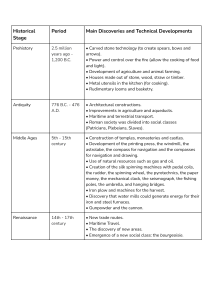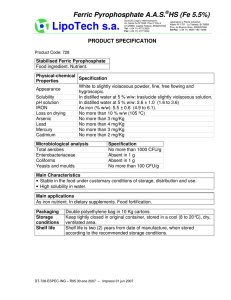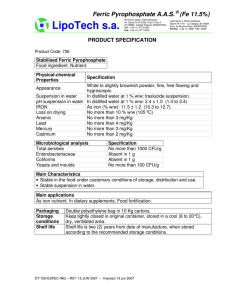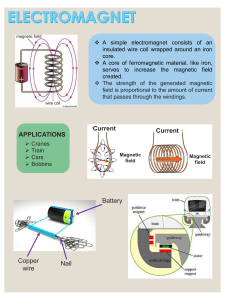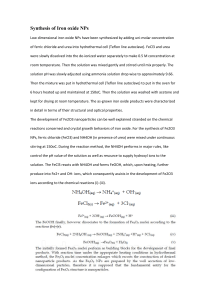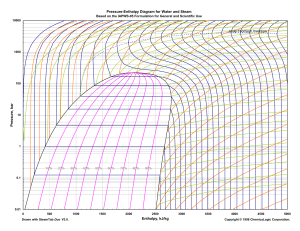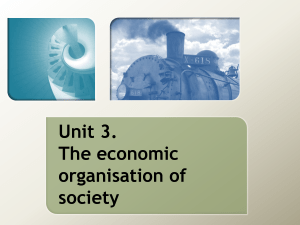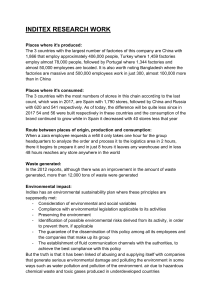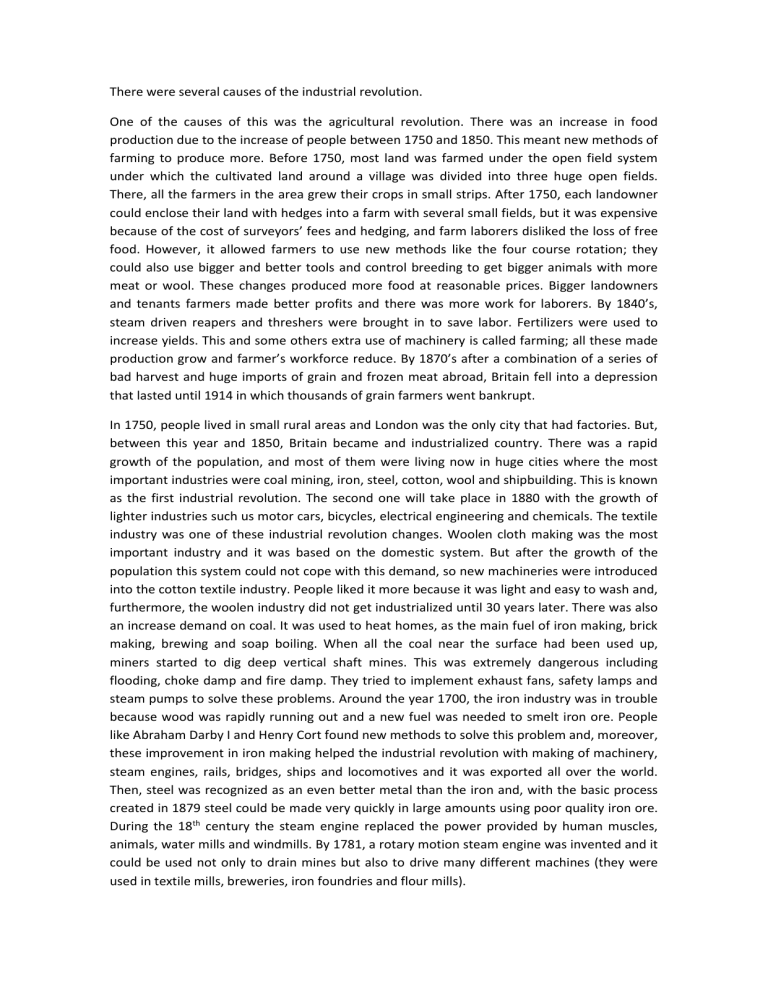
There were several causes of the industrial revolution. One of the causes of this was the agricultural revolution. There was an increase in food production due to the increase of people between 1750 and 1850. This meant new methods of farming to produce more. Before 1750, most land was farmed under the open field system under which the cultivated land around a village was divided into three huge open fields. There, all the farmers in the area grew their crops in small strips. After 1750, each landowner could enclose their land with hedges into a farm with several small fields, but it was expensive because of the cost of surveyors’ fees and hedging, and farm laborers disliked the loss of free food. However, it allowed farmers to use new methods like the four course rotation; they could also use bigger and better tools and control breeding to get bigger animals with more meat or wool. These changes produced more food at reasonable prices. Bigger landowners and tenants farmers made better profits and there was more work for laborers. By 1840’s, steam driven reapers and threshers were brought in to save labor. Fertilizers were used to increase yields. This and some others extra use of machinery is called farming; all these made production grow and farmer’s workforce reduce. By 1870’s after a combination of a series of bad harvest and huge imports of grain and frozen meat abroad, Britain fell into a depression that lasted until 1914 in which thousands of grain farmers went bankrupt. In 1750, people lived in small rural areas and London was the only city that had factories. But, between this year and 1850, Britain became and industrialized country. There was a rapid growth of the population, and most of them were living now in huge cities where the most important industries were coal mining, iron, steel, cotton, wool and shipbuilding. This is known as the first industrial revolution. The second one will take place in 1880 with the growth of lighter industries such us motor cars, bicycles, electrical engineering and chemicals. The textile industry was one of these industrial revolution changes. Woolen cloth making was the most important industry and it was based on the domestic system. But after the growth of the population this system could not cope with this demand, so new machineries were introduced into the cotton textile industry. People liked it more because it was light and easy to wash and, furthermore, the woolen industry did not get industrialized until 30 years later. There was also an increase demand on coal. It was used to heat homes, as the main fuel of iron making, brick making, brewing and soap boiling. When all the coal near the surface had been used up, miners started to dig deep vertical shaft mines. This was extremely dangerous including flooding, choke damp and fire damp. They tried to implement exhaust fans, safety lamps and steam pumps to solve these problems. Around the year 1700, the iron industry was in trouble because wood was rapidly running out and a new fuel was needed to smelt iron ore. People like Abraham Darby I and Henry Cort found new methods to solve this problem and, moreover, these improvement in iron making helped the industrial revolution with making of machinery, steam engines, rails, bridges, ships and locomotives and it was exported all over the world. Then, steel was recognized as an even better metal than the iron and, with the basic process created in 1879 steel could be made very quickly in large amounts using poor quality iron ore. During the 18th century the steam engine replaced the power provided by human muscles, animals, water mills and windmills. By 1781, a rotary motion steam engine was invented and it could be used not only to drain mines but also to drive many different machines (they were used in textile mills, breweries, iron foundries and flour mills). In the 18th century, most people and goods were transported by road on hoses, pack horses, carts or stage coaches, but industry needed better roads to get raw materials like coal, iron ore and wool to the workshops and factories, for example. So, an act of parliament was passed to charge fees to all travelers who used the roads, and that money would be used for road repairs. But, by the end of 1840, canals could take goods more cheaply and railways could take passengers more quickly. With the beginning of new factories, no regulations were established about working conditions so the employers could take advantage of this. There were complaints about long hours, low wages, exploitation of women that were paid a half of a man’s wage and there were concerns about child labor, that were also exploited being paid a third of a man’s wage. What is more, there were dangers to health in the factories and mines such as the extreme noise, the stifling heat and the overcrowding. But the year 1819 and until 1878 some acts were passed which regulated the hours of labor, the minimum age permitted to work and the implementation of inspector to regulate this new laws. Since the 16th century poor people were unable to supports themselves. In 1795, a system which gave poor people money was implemented, but it has to be reformed by 1830 because it was too expensive. In 1834 the poor law amendment act was passed
